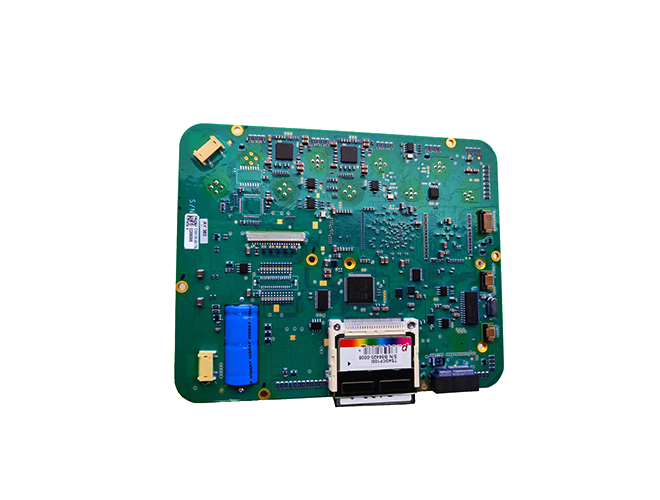-
CN
-
Service Hotline
+8618129931046 Mr. Liao


Time:2025-04-18 Views:1

The soldering process in PCBA (Printed Circuit Board Assembly) is a critical step that ensures the reliable electrical and mechanical connection of components to the printed circuit board. A well - defined standard process is essential to achieve high - quality assemblies.
Pre - soldering Preparation
Before soldering, thorough preparation is required. First, the printed circuit boards need to be inspected for any defects such as open or short circuits, misaligned pads, or damaged traces. This inspection can be done using automated optical inspection (AOI) systems or manual visual inspection. Components are also carefully checked for correct part numbers, orientation, and physical integrity. The boards are then cleaned to remove any contaminants like dust, oil, or flux residues from the manufacturing process. Cleaning can be achieved through solvent - based cleaning methods or ultrasonic cleaning. Additionally, the soldering area on the PCB and the component leads are pre - treated. For example, the pads on the PCB may be coated with a thin layer of solderable material such as tin - lead or lead - free solder alloys, and the component leads may be tinned to improve solderability.
Soldering Process Steps
The most common soldering methods in PCBA include reflow soldering and wave soldering. In reflow soldering, which is widely used for surface - mount components, solder paste is first applied to the pads on the PCB using a stencil printer. The stencil is designed with precise openings that match the pad layout on the PCB, ensuring accurate and consistent solder paste deposition. Components are then placed on the solder - pasted pads using a pick - and - place machine. The PCB with placed components is then passed through a reflow oven, which has multiple temperature zones. The temperature profile in the oven is carefully controlled. First, the boards are heated in the pre - heat zone to gradually raise the temperature, allowing the solder paste to activate and remove any oxides from the component leads and PCB pads. Then, in the reflow zone, the temperature is raised to the melting point of the solder paste, causing the solder to flow and form connections between the components and the PCB. Finally, the boards are cooled down in the cooling zone to solidify the solder joints.
In wave soldering, which is often used for through - hole components, the PCB is first loaded onto a conveyor system. A fluxing unit applies flux to the underside of the PCB, which helps in removing oxides and promoting wetting of the solder. The PCB then passes over a wave of molten solder. The wave of solder is carefully controlled in terms of height, temperature, and flow rate. As the PCB passes over the wave, the solder is drawn up into the through - hole components, creating strong mechanical and electrical connections. After soldering, any excess solder is removed, and the boards are again inspected for proper soldering, including checking for solder bridges, insufficient solder joints, and component misalignment.
Post - soldering Inspection and Quality Control
After the soldering process, strict inspection and quality control measures are implemented. AOI systems are again used to detect any visible soldering defects such as short circuits, open circuits, and misaligned components. In addition, X - ray inspection may be employed, especially for hidden solder joints in components with multiple layers or complex geometries. This helps in detecting internal solder voids or improper solder filling in through - hole connections. Functional testing is also carried out to ensure that the assembled PCBA functions as expected. This may involve applying power to the board and checking for proper voltage levels, signal integrity, and functionality of individual components and circuits. Any defective boards are either reworked, if possible, or scrapped to maintain the overall quality of the PCBA production.